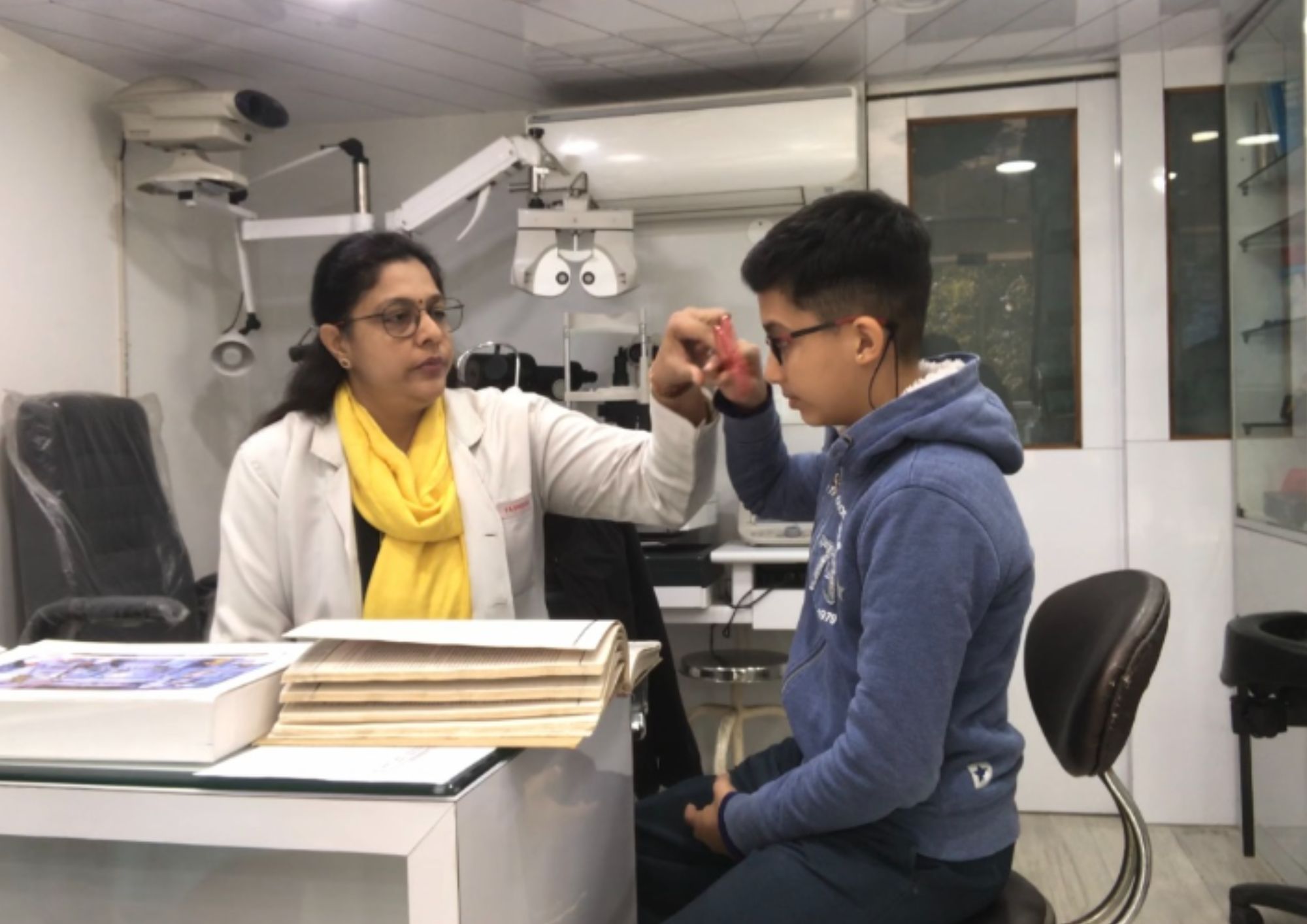The Function of Advanced Diagnostic Devices in Identifying Eye Disorders
In the world of ophthalmology, the usage of advanced analysis tools has actually reinvented the early recognition and management of numerous eye conditions. From discovering subtle modifications in the optic nerve to checking the progression of retinal conditions, these innovations play a pivotal function in enhancing the precision and performance of identifying ocular problems. As the demand for specific and timely medical diagnoses remains to expand, the combination of advanced tools like optical comprehensibility tomography and visual area testing has actually become crucial in the world of eye care. The intricate interaction between technology and sensory practices not just drops light on elaborate pathologies yet also opens up doors to tailored therapy strategies.
Relevance of Early Diagnosis
Early diagnosis plays a pivotal duty in the efficient management and treatment of eye problems. By identifying eye problems at a very early phase, health care providers can supply proper treatment strategies tailored to the particular problem, eventually leading to much better results for patients.

Technology for Identifying Glaucoma
Sophisticated analysis technologies play a crucial duty in the early discovery and tracking of glaucoma, a leading cause of irreparable blindness worldwide. One such innovation is optical comprehensibility tomography (OCT), which gives thorough cross-sectional pictures of the retina, permitting the measurement of retinal nerve fiber layer thickness. This dimension is necessary in examining damage caused by glaucoma. An additional advanced tool is aesthetic area screening, which maps the level of sensitivity of an individual's visual area, helping to identify any areas of vision loss feature of glaucoma. Additionally, tonometry is utilized to gauge intraocular pressure, a major threat factor for glaucoma. This test is vital as raised intraocular pressure can result in optic nerve damages. Newer innovations like the usage of fabricated knowledge algorithms in review analyzing imaging data are showing appealing outcomes in the very early discovery of glaucoma. These advanced analysis devices enable eye doctors to detect glaucoma in its onset, permitting timely intervention and much better management of the illness to prevent vision loss.
Duty of Optical Coherence Tomography

OCT's capability to measure retinal nerve fiber layer density allows for accurate and unbiased dimensions, assisting in the early detection of glaucoma also prior to visual field problems come to be apparent. In general, OCT plays a vital duty in enhancing the diagnostic accuracy and administration of glaucoma, eventually adding to far better end results for people at threat of vision loss.
Enhancing Medical Diagnosis With Visual Area Testing
A vital part in comprehensive sensory analyses, aesthetic area screening plays a critical function in improving the diagnostic process for different eye problems. By analyzing the complete extent of a client's visual field, this test supplies critical details about the functional integrity of the whole aesthetic path, from the retina to the aesthetic cortex.
Aesthetic area screening is you can try this out specifically useful in the medical diagnosis and administration of problems such as glaucoma, optic nerve conditions, and different neurological illness that can affect vision. Through quantitative measurements of outer and main vision, clinicians can discover subtle modifications that might suggest the existence or progression of these conditions, also prior to noticeable signs and symptoms take place.
In addition, aesthetic area testing permits the surveillance of therapy efficacy, aiding eye doctors tailor healing interventions to specific clients. eyecare near me. navigate to this website By tracking changes in aesthetic area performance over time, doctor can make informed choices about readjusting medications, advising surgical treatments, or implementing various other appropriate procedures to preserve or enhance a client's aesthetic function
Handling Macular Deterioration

Verdict
To conclude, progressed analysis devices play a crucial role in identifying eye problems early on. Technologies such as Optical Coherence Tomography and visual area screening have actually considerably enhanced the accuracy and efficiency of diagnosing problems like glaucoma and macular deterioration. Early detection enables for timely treatment and monitoring of these problems, eventually resulting in better outcomes for patients. It is essential for healthcare specialists to remain updated on these developments to provide the most effective feasible look after their clients. eyecare near me.